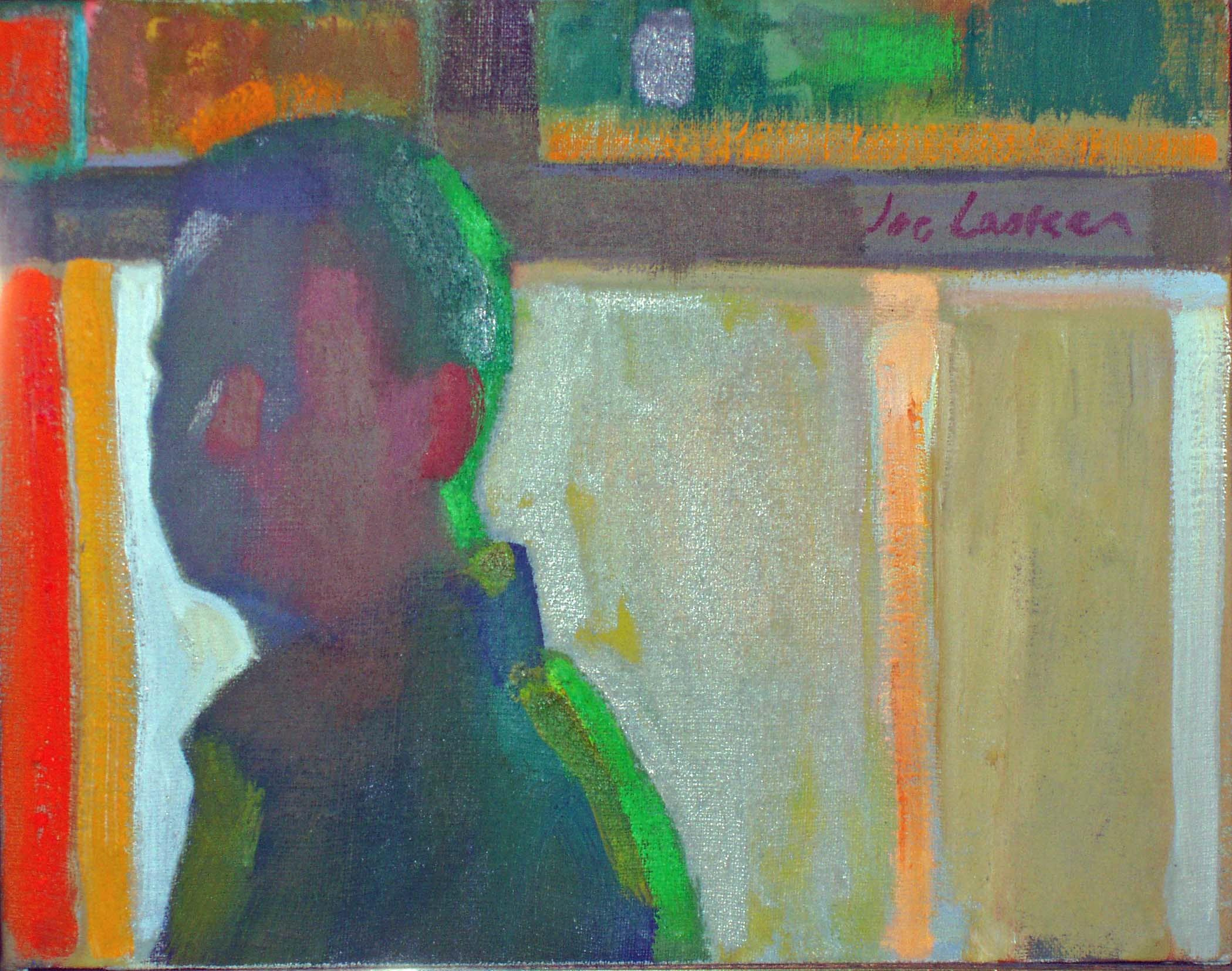JOE LASKER AND THE CRISIS OF AMERICAN REALISM
In the art market, realism hasn’t been politically correct since the early Fifties, when mid-century realists were hitting their stride at the exact moment that abstract expressionism exploded. As the New York Observer’s Hilton Kramer has written, “They were apparently considered insufficiently avant-garde by doctrinaire modernists and yet too modern to be embraced by doctrinaire traditionalists.”
Realists’ reputations suffered because of this; art history can be cruel sometimes. In the future it will all be re-evaluated. This is already happening, but the canon moves very slowly because the institutions responsible for the canonization of AbEx continue to hold an inordinate amount of power and agency over what’s considered to be important.
Audrey Ushenko, Professor of Art and Art History, Indiana University-Purdue University Fort Wayne, said in a recent interview, “People steeped in modernist ideology will accept figurative art that’s highly mannered. It’s a little harder for them to accept realist art, especially that which develops out of American illustration, because people have been so browbeaten to think it’s retrograde, corrupt or déclassé. They’ve been conditioned by those such as Chicago critic Harry Bouras, who said, ‘If you can understand it, you’ve outgrown it.’”
“With respect to Joe Lasker’s prolific work as an illustrator, it’s almost impossible to find a powerful American realist who doesn’t have ties to illustration. This holds true even for those who were not American-born, such as [prolific Little Golden Books illustrator] Feodor Rojankofsky.
“You find this in the three generations of Wyeths [N.C., Andrew and Jamie] we grew up on, particularly with N.C., where you see that imaginative quality of distilling, that compact minimal way of applying so much, which is part of America’s distinctive brand of narrative realism.
“Lasker stands very much in this tradition. He’s an outstanding example of an aspect of American painting that isn’t really recognized now, but will be.
“American illustration is like British landscape topography engraving in the 18th century, which wasn’t quite respected. Yet, Constable and Turner grew out of the tradition of illustration and in many ways, this is a model for American art in the 19th and 20th centuries.”
Dr. Ushenko distinguishes between realists and figurative painters. “While there are many fine American figurative painters, there are not many good American realists.
“By ‘realist,’ I mean the evocation of, first of all, what people feel is true to the real world, and then the capacity to point out aspects of the real world and represent them with a freshness that tears the veil off reality.
“These are the two qualities that define a realist, as opposed to someone who just paints things that are recognizable.
“Proust talks about artists tearing the veil off reality to see more clearly the nature of reality. He says that this gives us the comfortable feeling that this is how things look. And then the artist sharpens the focus.”
